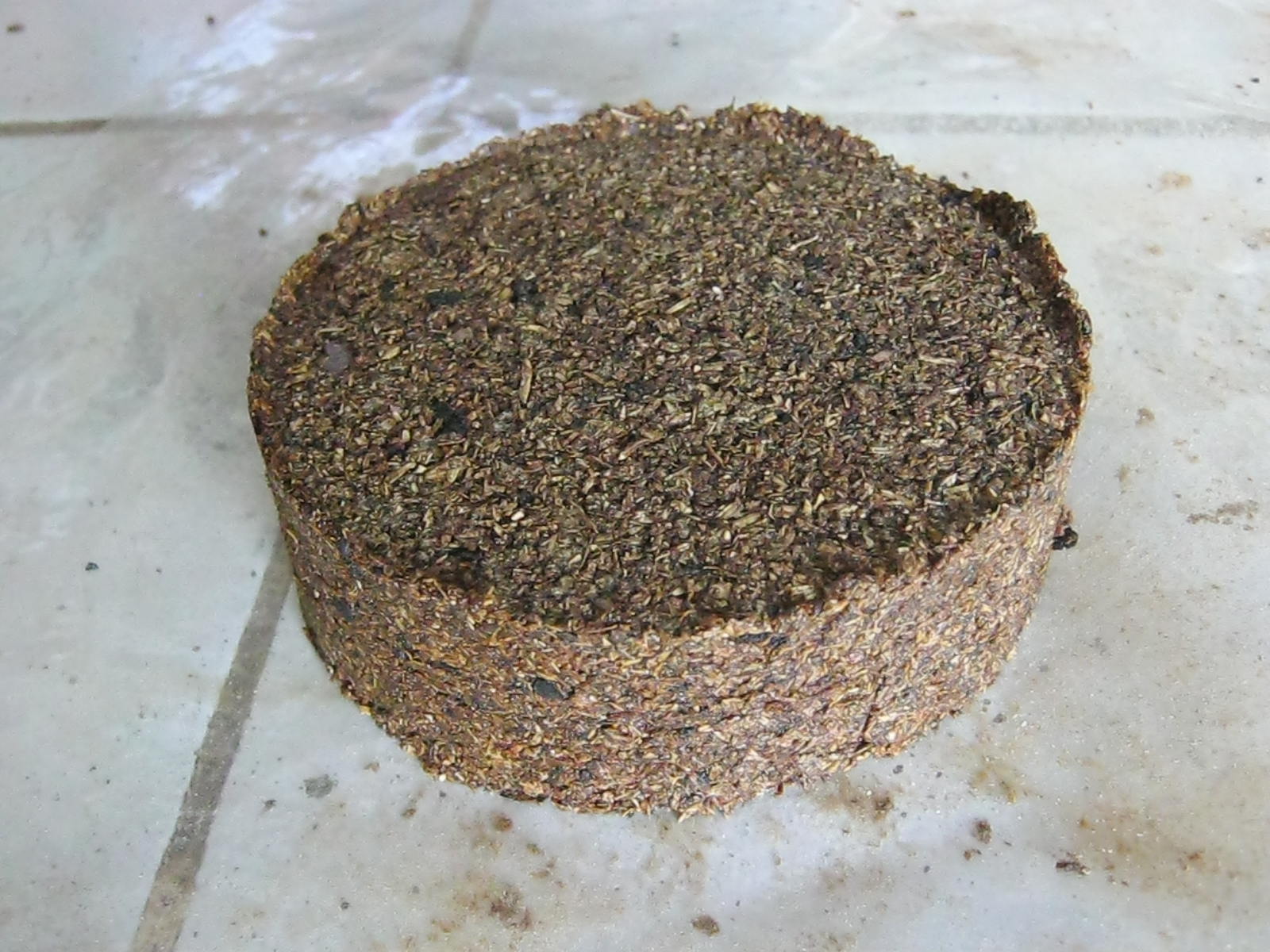Urea Molasses Mineral Blocks

Adding Urea Molasses Mineral Blocks (UMMB) to an animal’s diet can increase the total amount of nutrition the animal receives by up to 30%. Even when cultivating your own forages, it can be difficult to provide dairy cattle with all of the nutrients required by farm animals necessary for them to stay healthy and
produce high-quality milk. Sometimes this is because the forages do not contain all of the nutrients the animal requires. Other times, it is because the animal has difficulty digesting the forages, reducing the amount of nutrition the animal actually receives.
Supplementing an animal’s diet with urea mineral molasses blocks (UMMB) can provide them with additional nutrients and help them to digest other feeds more effectively.
Ingredients for making Urea Molasses Mineral Blocks
- Molasses: gives the UMMB a sweet taste, making it appealing to animals. It also provides energy and other nutrients like sulfur. A UMMB should not contain more than 40–50% molasses or it will break too easily and take too long to dry.
- Urea: improves digestibility and provides additional protein. The amount of urea should be limited to 10% to avoid poisoning.
- Fibrous cereals or forages (bran, finely chopped hay): provide nutrients and help to hold the block together. Cereal bran is the most common ingredient in UMMBs, though finely chopped hay, finely ground leaves from leguminous shrubs or cotton seed cake can also be used.
- Salt: supply minerals and control the rate of consumption. Salt should make up no more than 5–10% of a UMMB.
- Minerals (e.g., calcium carbonate, dicalcium phosphate): provide additional calcium and phosphorus
- Cement: used to make the block hard. A UMMB should only contain about 5–10% cement, otherwise the block will become too hard for the animal to eat. Clay (the type used in brick making) can be mixed with the cement to improve hardness, reduce drying time and reduce the overall cost for making a block.
Steps in making Urea Molasses Mineral Blocks
Step1: Preparation of Ingredients
- The amount of each ingredient depends on the size of the block and the formula being used
Step2: Mixing
Mixing the ingredients well is the key for making good UMMBs. You need to mix the urea thoroughly and break up any lumps, otherwise there will be pockets of highly concentrated urea that could harm animals. When mixing ingredients, you should:
- Carefully weigh the amount of each ingredient based on the formula you are using.
- Pour the molasses into a container.
- The molasses can be heated in the sun to improve handling and mixing.
- Never add water to the molasses. It needs to be thick to make a good UMMB
- Add urea to the molasses while continuously mixing.
- Stir the urea into the molasses for about 20 minutes.
- Add any fibrous material (cereal bran, chopped hay, leaf meal, etc.) according to the formula and mix thoroughly.
- In a separate container, mix together water and cement to make a paste.
- Mix the salt into the cement to accelerate hardening.
- Add the cement and any remaining ingredients to the urea-molasses mixture. Mix thoroughly.
Step3: Moulding
Once the ingredients are thoroughly mixed, place the mixture into a mould. You can use any local container as a mould, such as cardboard box or a bucket.
You can line the mould with a plastic sheet to make it easier to remove the finished UMMB.
Characteristics of a well-made Urea Molasses Mineral Blocks
A block is considered to be of good quality when:
- The ingredients are well-distributed throughout the block (it does not have lumps of urea and lime).
- The UMMB is hard enough that it does not get squashed when you squeeze it between your fingers and does not break when a person steps on it. High levels of molasses and urea tend to make UMMBs soft, so if it is not hard enough try decreasing the amount of molasses and urea or increasing the amount of cement or clay next time.
- You can feel the sticky molasses when you hold the block. If the block does not feel sticky, then you need to increase the amount of molasses next time.
Feeding Urea Molasses Mineral Blocks to animals
- Feed UMMBs to ruminant animals (sheep, goats, cattle) only. UMMB is potentially toxic to other animals.
- UMMBs should be fed as a lick, so that only the top surface is accessible to animals. This prevents animals from pushing the blocks around, breaking them up or consuming large chunks that could cause urea toxicity.
- Introduce UMMBs to your animals slowly, after they have already consumed adequate forage. This prevents animals from consuming too much UMMB at any one time.
- UMMBs should never be used as your animals’ main source of feed. They are only meant to supplement a regular diet of forages.



